
Let me introduce you to Brooke.
Brooke is my Granddaughter.
Brooke hasn’t started school yet but she may well be your student in 2030.
Brooke is quite bright – she knows her colours and shapes, can count to 20 and sing the ABC song. She also has her own tablet (a Kindle Fire for Kids) and uses it to play games, solve puzzles, colour, learn songs, watch kid’s TV and much more. Mum has an iPhone and Brooke is quite comfortable with this too. Nana has an Android device and, guess what? This poses no problems either.
Brooke can already successfully engage with Artificial Intelligence by asking Alexa to play Wheels on the bus or Baby Shark.
Like most 3-year olds, she also enjoys the company of others – it’s where she gets her social skills, her human intelligence, her “moral code” etc.
So, what will Brooke expect in 2030?
Gadgets and “gizmos”
It is highly likely that Brooke will makes use of devices that haven’t been invented yet or have developed well beyond their current capabilities.
Brooke will increasingly use devices to facilitate “active learning” allowing her to collaborate with peers or AI. This means that devices, or applications, will increasingly need to become “platform agnostic”.
In 2018, around 10% of FE learners rated Google search as their number one app or tool. By 2030, artificial intelligence has the potential to feature much higher for online research.
Personalised and synchronised learning: Brooke will expect to access and store her learning on any of her devices, anywhere and at any place. She will also have compiled a suite of Apps that suit and underpin her learning activities.
Brooke will expect to be able to use her own device to support her learning. She will require high quality, robust and secure wifi connectivity at all her learning locations.